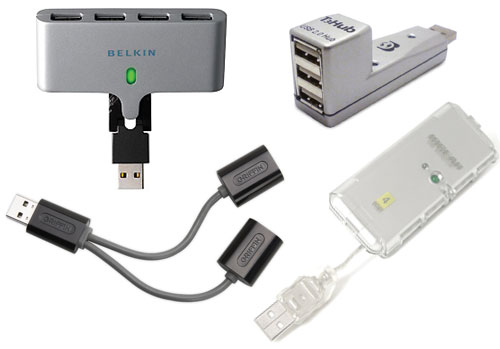REPEATERS :
- Repeaters are simple two-port signal amplifiers. They are used in a bus topology to extend the maximum distance that can be spanned on a cable run. The strength of the signal is boosted as it travels down the wire. A repeater will receive a digital signal on one of its ports, amplify it, and transmit it out the other side. A repeater is like a typical home stereo amplifier. The amp takes the signal it receives from the CD, tape deck, etc., and amplifies the signal and sends it on its way to the speakers. If the signal is a brand new Alanis Morisett CD, it simply boosts the signal and sends it on its way. If it's an old Grateful Dead concert tape that is inaudible from the amount of background hiss, it happily boosts this signal as well and sends it on its way. Repeaters function similar to stereo amplifiers. They simply boost whatever they receive and send it on its way. Unfortunately the signal they receive could be a good frame of data, a bad frame of data, or even background noise. A repeater does not discern data quality; it simply looks at each of the individual digital pulses and amplifies them.
Repeaters access point
HUBS :
- Hubs are probably the most common piece of network hardware after network interface cards. Physically, they are boxes of varying sizes that have multiple female RJ-45 connectors. Each connector is designed to accept one twisted-pair cable outfitted with a male RJ-45 connector. This twisted-pair cable is then used to connect a single server or workstation to the hub. Hubs are essentially multi-port repeaters that support twisted-pair cables in a star typology. Each node communicates with the hub, which in turn amplifies the signal and transmits it on its remaining ports. As with a repeater, hubs work at the electrical level. Because hubs have no way to determine if a frame is good or bad, they should be looked at, when you design your network typology, as functionally identical to repeaters.
Various types of hubs
BRIDGES :
- Bridge looks a lot like a repeater; it is a small box with two network connectors that attach to two separate portions of the network. A bridge incorporates the functionality of a repeater (signal amplification), but it actually looks at the frames of data, which is a great benefit. A common bridge is nearly identical to a repeater except for the indicator lights, as shown in figure below. A forward light flashes whenever the bridge needs to pass traffic from one collision domain to another.
Bridges networking
SWITCHES :
- Switches are the marriage of hub and bridge technology. They resemble stackable hubs in appearance, having multiple RJ-45 connectors for connecting network systems. Instead of being a dumb amplifier like a hub, however, switches function as though they have a little miniature bridge built into each port. A switch will keep track of the MAC addresses attached to each of its ports and direct traffic destined for a certain address only to the port to which it is attached.
Network switch
ROUTERS :
- A router is a multi-port device that makes decisions on how to handle a frame, based on protocol and network address. To truly understand what this means we must first look at what a protocol is and how it works. Up until now we've been happily communicating using the media access control address assigned to our networking devices. Our systems have used this number to contact other systems and transmit information as required.
How routers work.








0 comments:
Post a Comment